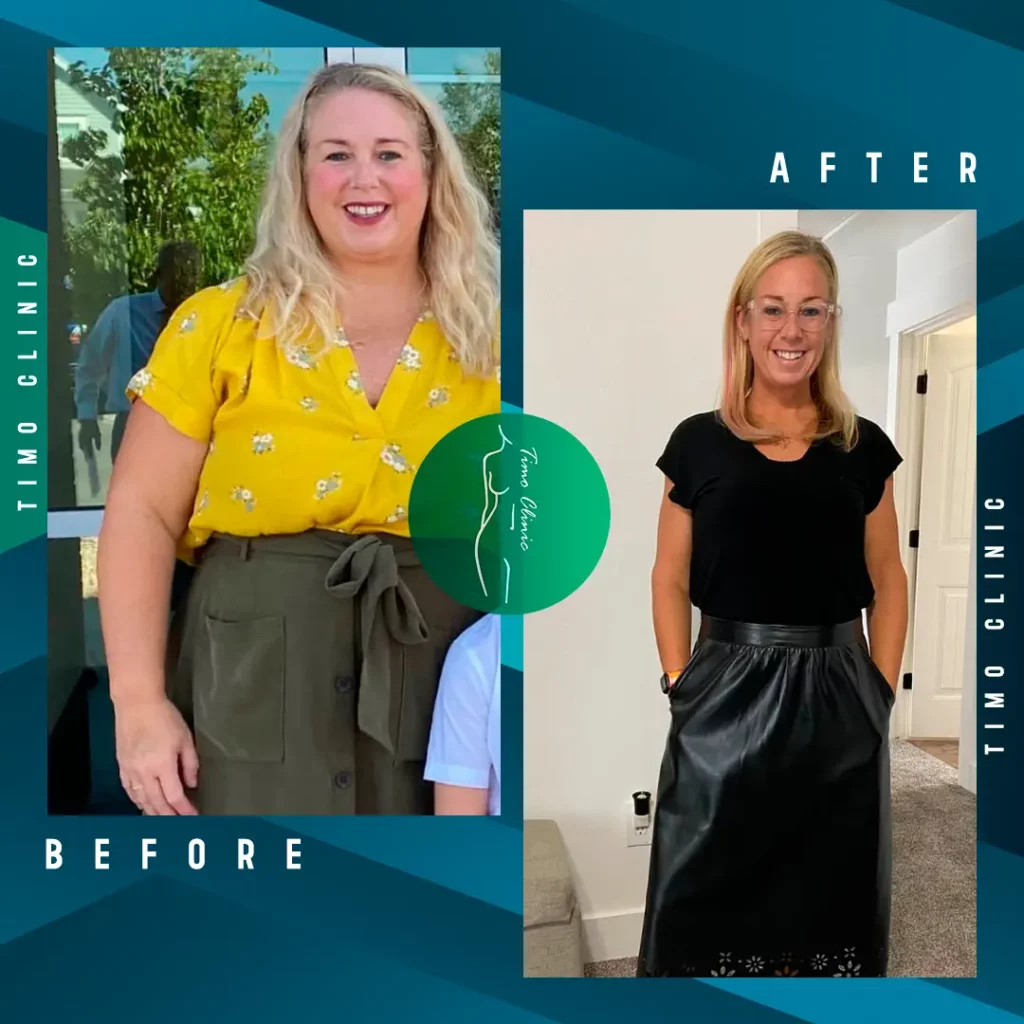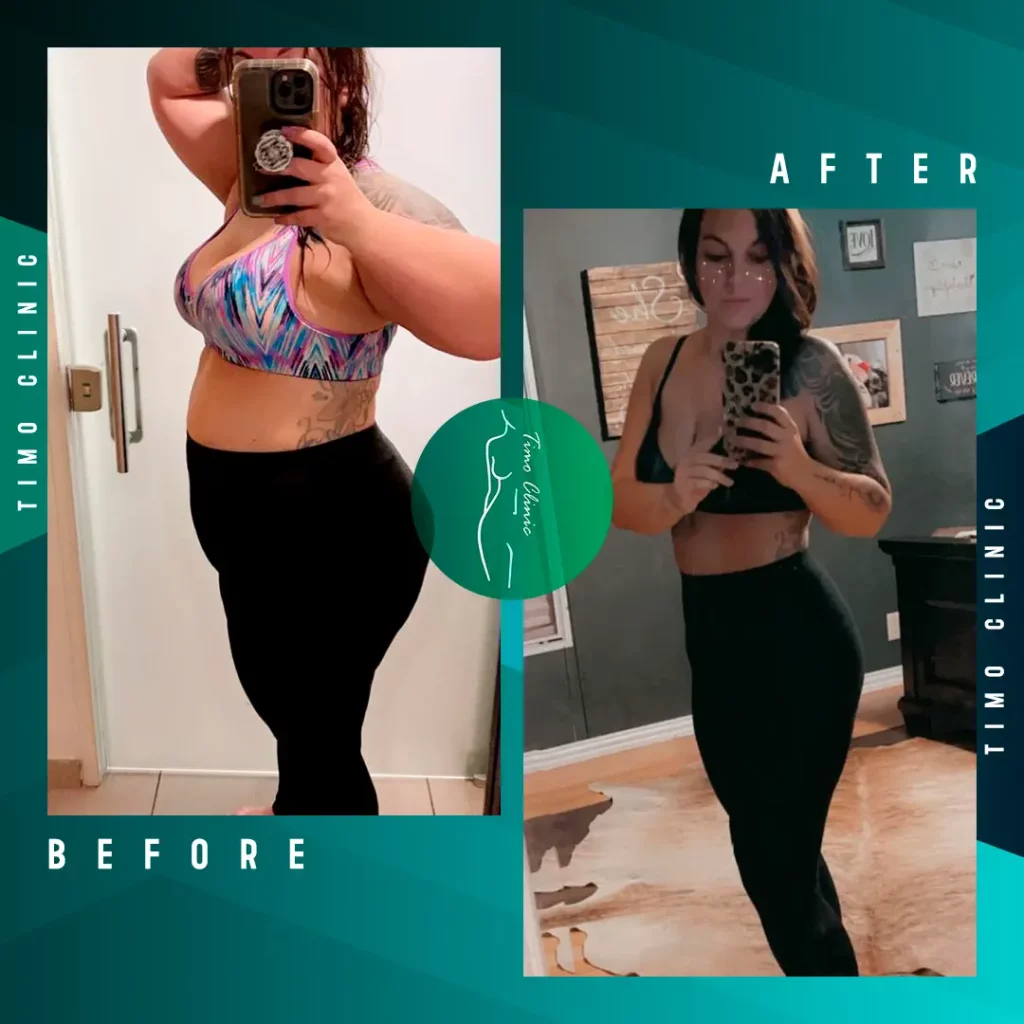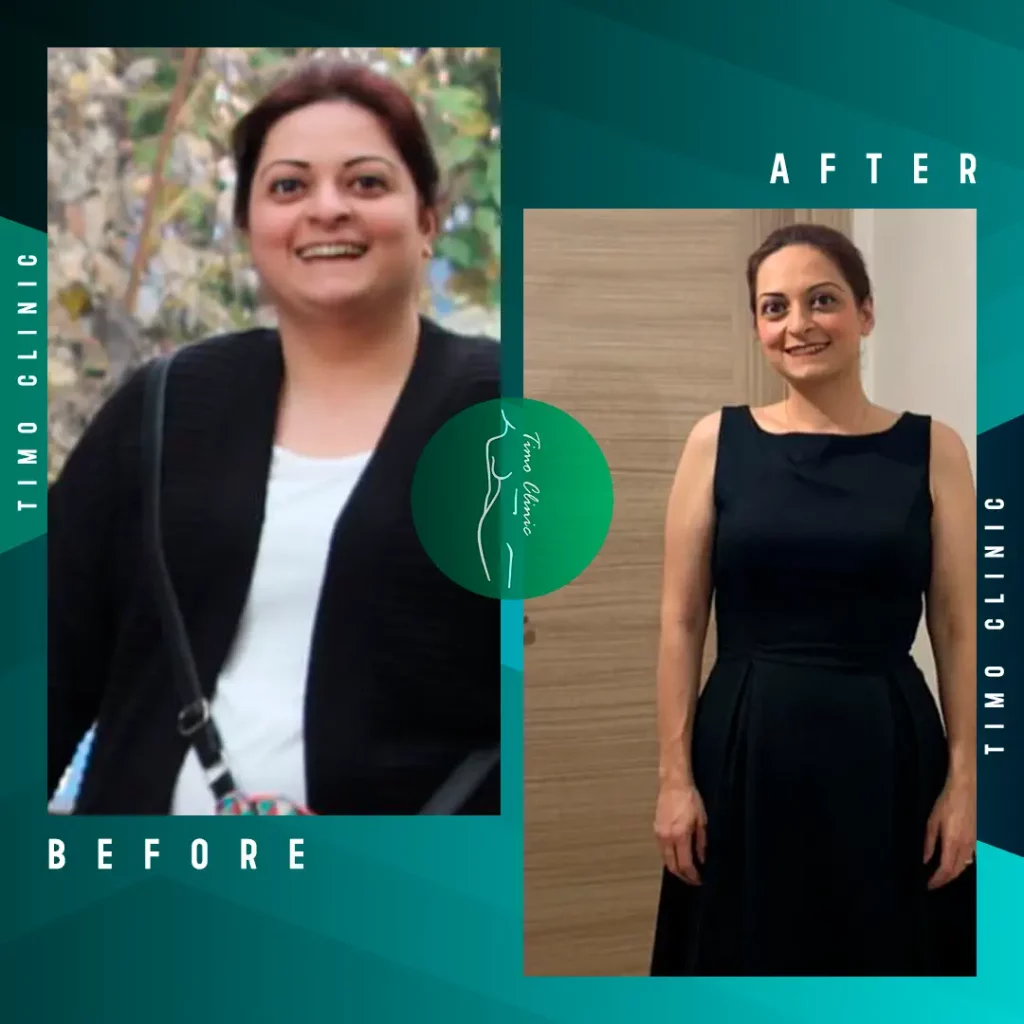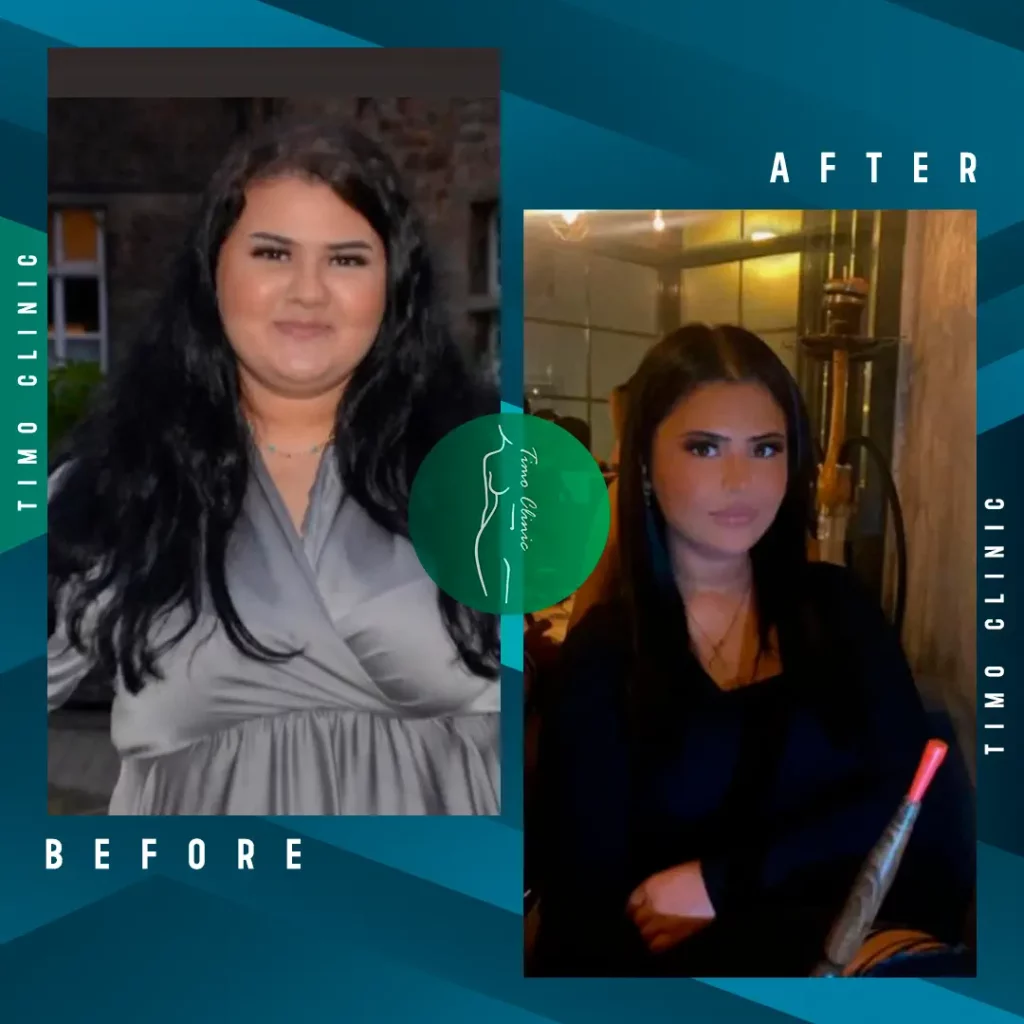Gastric Balloon (Intragastric Balloon)
A Gastric Balloon is a non-surgical procedure to treat obesity and facilitate weight loss in patients dealing with excessive weight problems. In combination with supervised diets, it can help obese or overweight people achieve a healthy lifestyle.
An intragastric balloon procedure involves the placement of a saline-filled silicone balloon in the stomach to help lose weight by limiting how much a person can eat and making them feel full faster.
The intragastric balloon procedure and any other surgeries for obesity are used for those people that have already tried healthy diets and exercises and they did not have successful results.
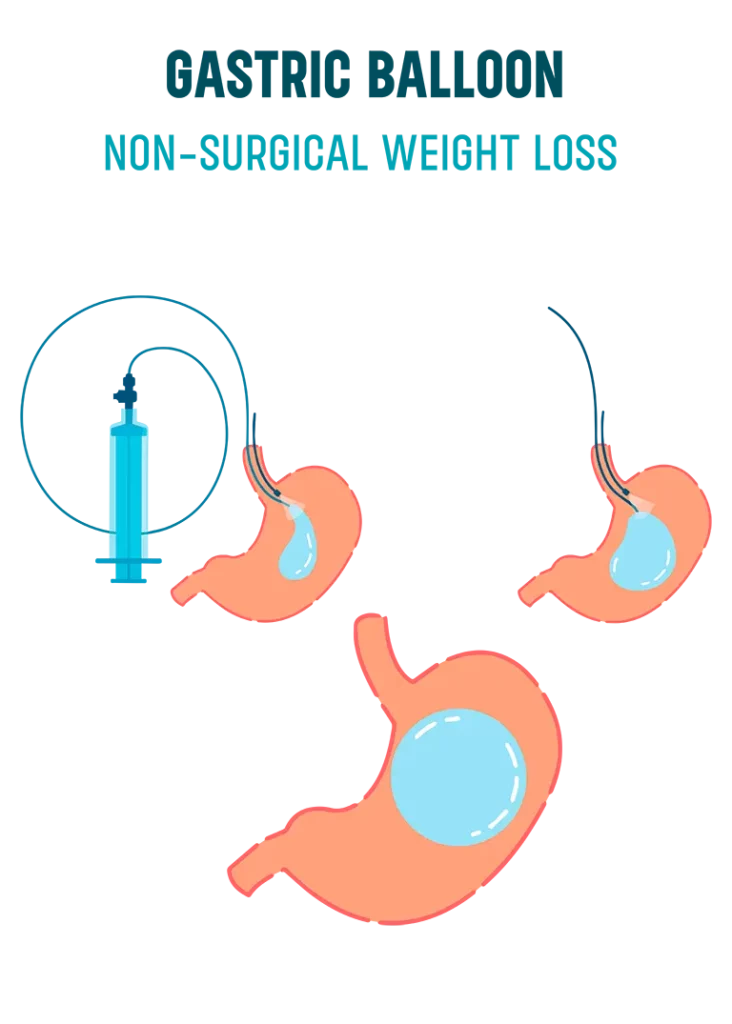
Who would need an intragastric balloon?
An intragastric balloon is usually a suitable option for people whose body mass index (BMI) is between 30 and 40, who haven’t had any previous stomach or oesophageal surgeries and who can commit to a healthy lifestyle plan.
This procedure is also available for people that are overweight and deal with serious weight-related health problems and mental health issues, such as:
- Heart disease or stokes
- Gastroesophageal reflux disease (GERD)
- High blood pressure
- Obstructive sleep apnea
- Non-alcoholic fatty liver disease
- Diabetes Type 2
- Mobility problems
- Self-esteem

What is a gastric balloon?
A gastric balloon, also known as an intragastric balloon or stomach balloon, is a medical device placed in the stomach to facilitate weight loss by making the individual eat less.
A gastric balloon device consists of a soft, flexible balloon, placement tube and a filling system. This device is inserted into the stomach and then is expanded with sterile saline fluid so that the balloon is large enough not to pass into the bowel. This makes the person feel their stomach is full without eating too much.
Overall, this procedure can significantly reduce food portions and help with adjusting someone’s weight to a long-term stable and healthy weight.
Gastric balloon Procedure
Before having an intragastric balloon placed in the stomach, a healthcare team will give instructions to the patient on how to prepare. Also, a strict diet and physical exercise regimen will be recommended by the doctor.
During the procedure
- The surgeon uses an endoscopic camera to perform a stomach examination. If no abnormalities are identified the surgeon will continue with inserting the gastric balloon into the patient’s stomach.
- The gastric balloon is inserted into the stomach through the mouth – the surgeon inserts a thin tube (catheter) containing the intragastric balloon down the throat to the stomach.
- An endoscope (a thin, flexible tube with a camera attached) is inserted into the stomach through the throat, to allow the surgeon to see the balloon while loading it with sterile saline.
- Muscle relaxing medications and throat sprays are used to facilitate the swallowing process.
- Once the balloon is filled with the sterile saline, the surgeon gently removes the thin tube (catheter) from the stomach.
- The placement procedure takes about 20-30 minutes.

After the procedure
Straight after the procedure, the patient is closely monitored by the surgeon for a short period. A liquid diet is instructed to be followed, starting six hours after the procedure and continuing for the next two weeks after the gastric balloon placement. After the liquid diet period, the patient can start eating again but should start with soft foods. Around three weeks after the gastric balloon insertion, the patient can start eating regular food.
A gastric balloon can stay in place for up to 6 months. The doctor will remove the gastric balloon after around 6 months and will replace it with a new one. The removal of the gastric balloon is done in the same way it was inserted, via the mouth. The surgeon will insert a catheter (thin tube) through the throat to the stomach and deflate the balloon, grasp it and remove it from the stomach.
Placement of a new balloon is not always necessary and will depend on the patient and doctor’s decision.
Results and benefits
A gastric balloon placement aims to make the stomach feel full faster and therefore eat less. Loss of about 7%-15% of body weight typically occurs during the next 6 months after the intragastric balloon placement.
The intragastric balloon has successful results for weight loss while resolving and improving other health conditions such as:
- Heart Disease
- High blood pressure
- Gastroesophageal reflux disease
- Obstructive sleep apnea
- High cholesterol levels
- Diabetes Type 2
- Non-alcoholic fatty liver disease
Timo Clinic
We enjoy providing the benefits and improved quality of life that surgeries can give to you. We offer the most advanced form of services, making these procedures available to the widest variety of patients possible. Please contact us today to schedule your consultation.
- Phone: +90 544 762 98 71
- Location: Kağıthane, İstanbul, TURKİYE
- Mon - Fri: 9:00 am - 5:00 pm




